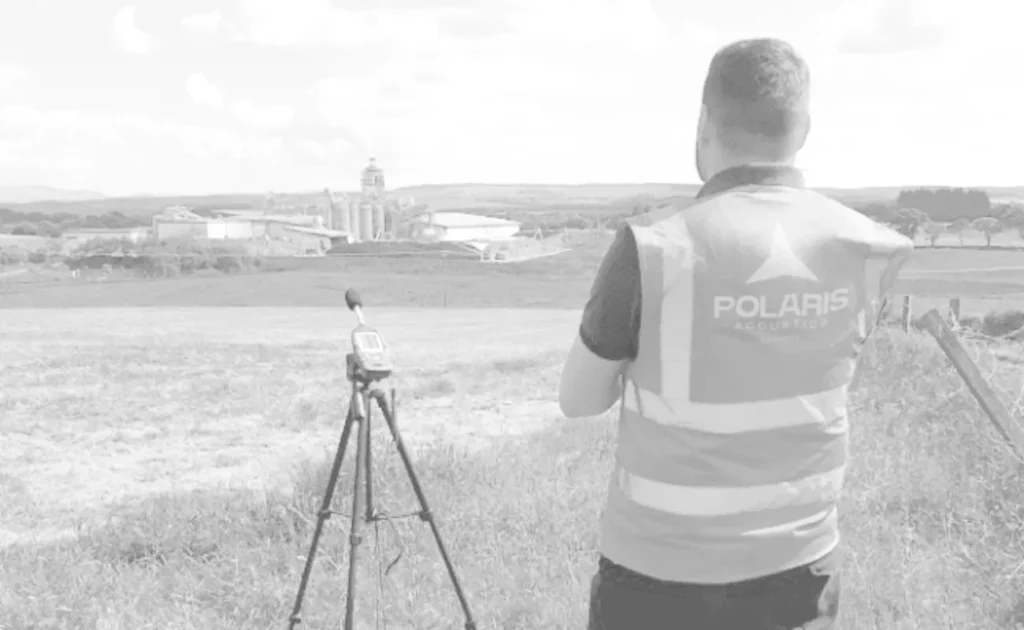Noise pollution affects our daily lives more than most people realise. From major construction projects to new residential developments, understanding how noise impacts a local environment is essential. So, what is a Noise Impact Assessment? Put simply, it’s a detailed study that evaluates how noise from a specific source affects the surrounding area. Whether you’re planning a new development or responding to environmental health requirements, this guide will help you understand when and why a Noise Impact Assessment matters—and how it protects communities.

What is a Noise Impact Assessment?
What is a Noise Impact Assessment (NIA)? Well, it is a technical evaluation used to determine the effects of noise on a particular location or development. It’s a crucial part of planning applications, especially for projects that may introduce new noise sources, such as roads, factories, or entertainment venues.
The assessment identifies existing noise levels and predicts how those levels might change due to a proposed development. The goal is to ensure compliance with local authority guidelines and to minimise harm to public health and well-being.
Why Is It Important?
Noise pollution is more than a nuisance—it can have significant health implications. According to the World Health Organization (WHO), long-term exposure to environmental noise can lead to:
- Cardiovascular disease
- Sleep disturbance
- Cognitive impairment in children
- Increased stress levels
After all, a well-prepared Noise Impact Assessment ensures that developers and local councils make informed decisions, balancing economic progress with public health.
When Is a Noise Impact Assessment Required?
Local planning authorities often request a Noise Impact Assessment as part of a planning application. It’s typically required for:
- New residential developments near roads, railways, or airports
- Commercial premises (e.g. pubs, clubs, or gyms) near housing
- Industrial units or manufacturing facilities
- Infrastructure projects such as roads or rail schemes
Typically, BS8233:2014 and ProPG: Planning & Noise guidelines form the basis for assessing noise impact in the UK.
Triggers for Requiring an Assessment
Your project may need a Noise Impact Assessment if:
- It introduces a new noise source into a quiet area
- It changes traffic flow or increases footfall
- Nearby residents or sensitive receptors (e.g. schools or hospitals) may be affected
- You’re applying for planning permission and the council requests it
What Does a Noise Impact Assessment Include?
An effective NIA includes a combination of on-site measurements, desk-based modelling, and expert analysis. While the process may vary depending on the scope, it usually involves:
1. Baseline Noise Survey
This step measures the existing sound levels in and around the site. Using Class 1 sound level meters, acousticians conduct measurements over several hours or days to capture a realistic sound profile. These readings help establish:
- Daytime and night-time noise levels (often using LAeq, LAFmax, etc.)
- Existing background and ambient noise levels
- Variations due to traffic, weather, or local activity
2. Noise Source Modelling
If the project introduces a new source of noise (e.g. machinery, traffic), this part involves:
- Predicting sound propagation using modelling software (e.g. CadnaA or SoundPLAN)
- Mapping noise contours to visualise impact areas
- Evaluating cumulative noise effects if multiple sources are involved
3. Impact Assessment
The acoustician compares predicted noise levels against relevant guidelines, such as:
- BS8233:2014 – Guidance for internal and external noise levels for dwellings
- WHO Environmental Noise Guidelines
- ProPG: Planning & Noise – Professional guidance for new residential development
4. Mitigation Recommendations
If adverse impacts are identified, the report will suggest ways to reduce or manage noise. These may include:
- Acoustic barriers or fencing
- Building orientation or layout adjustments
- Sound insulation measures (e.g. glazing, wall construction)
- Operational restrictions (e.g. time-of-day controls)
Key Standards and Guidelines
Several UK and international standards guide how Noise Impact Assessments are conducted:
- BS8233:2014 – Sets acceptable indoor and outdoor sound levels
- ProPG: Planning & Noise – Developed by the Institute of Acoustics and others to guide planning for new homes
- BS4142:2014+A1:2019 – Used to assess the impact of industrial and commercial sound
- WHO Guidelines – Offer global best practices on health-based noise limits
Referencing these standards ensures the assessment is robust and aligned with industry expectations.
Who Can Carry Out a Noise Impact Assessment?
A suitably qualified acoustics consultant or environmental noise specialist typically carries out an NIA. Look for professionals who:
- Are full members of the Institute of Acoustics (MIOA)
- Use calibrated Class 1 sound level meters
- Have experience with environmental and planning law
- Provide clear, objective, and legally defensible reports
Hiring the right expert ensures your planning application progresses smoothly and avoids costly delays. At Polaris Acoustics, we are all full members of the IOA (MIOA), use only calibrated Class 1 sound level meters, have extensive experience with environmental and planning law. Provide clear, objective and legally defensible reports.
What Happens After the Assessment?
Once completed, the Noise Impact Assessment is submitted to the local planning authority. They will review it to determine whether the proposed development is acceptable or if conditions need to be applied.
Possible Outcomes:
- Planning approved with no conditions
- Planning approved with noise-related mitigation conditions
- Planning refused due to unacceptable noise impact
Timely and thorough assessments can prevent costly redesigns or legal disputes.
Benefits of a Noise Impact Assessment
An NIA isn’t just a planning box-tick—it provides multiple benefits for developers, residents, and authorities:
- Reduces risk of noise complaints or legal challenges
- Protects community health and well-being
- Ensures planning compliance, avoiding costly delays
- Improves project design, especially for residential layouts
- Builds trust with local communities
By addressing noise proactively, your project can proceed more efficiently and sustainably.
Common Misconceptions
Even seasoned developers sometimes misunderstand NIAs. Here are a few myths, debunked:
- “My project is too small to need an NIA.”
Not necessarily. Even a small café near homes may need one. - “Noise isn’t a problem in rural areas.”
Quiet areas are often more sensitive to new noise sources. - “We’ll just fix it after planning.”
Retrofitting mitigation is often more expensive and less effective than planning it early.
Final Thoughts
So, what is a Noise Impact Assessment? It’s a vital tool in responsible development—protecting public health, meeting planning regulations, and ensuring that projects integrate harmoniously into their environment. By understanding the process and working with acoustic professionals, developers can make sound decisions that support both growth and community wellbeing.
Have you had experience with a Noise Impact Assessment in your project?
We’d love to hear your thoughts or questions in the comments below.




